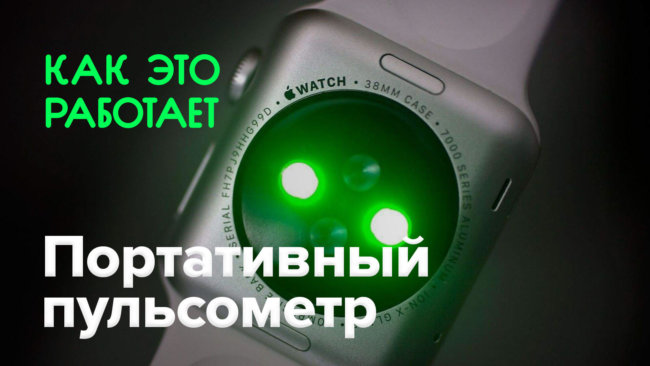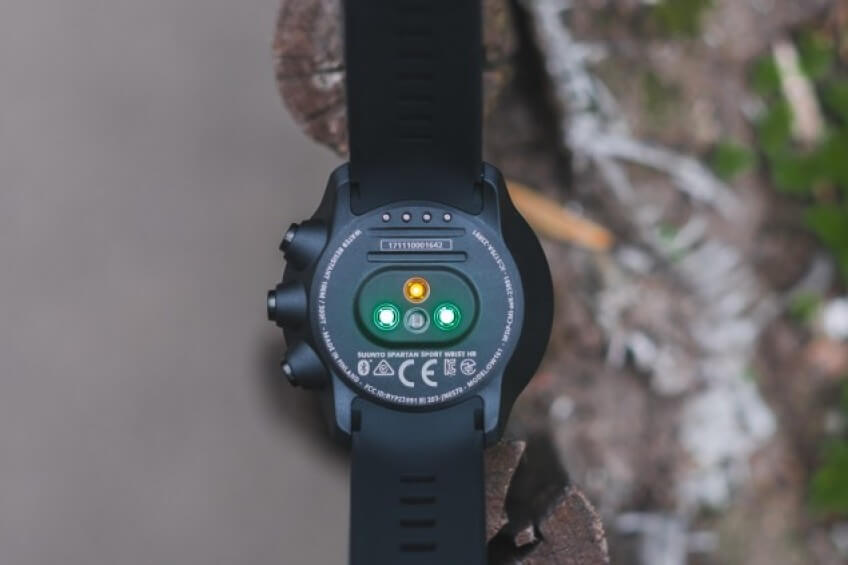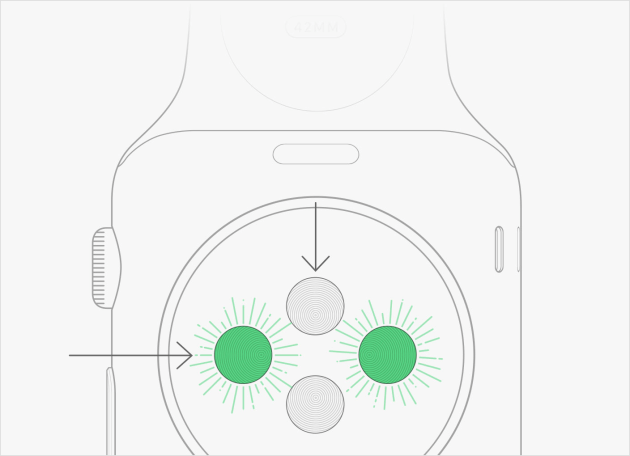
Heart rate monitor is a device to monitor heart rate in real time. Electrical activity of the heart was opened in the late 19th century, and in 1902, Willem einthoven was the first, who is technically registered with a string galvanometer and recorded the first electrocardiogram. The first wireless ECG heart rate monitor was invented in 1977 as a training tool for the Finnish national ski team. Retail personal heart monitors started from 1983. Currently, heart rate monitors found wide application in all kinds of wearable devices: smart bracelets and watches. How does the modern heart rate monitor — this is in the news today!

The most common method of measuring heart rate to wearable devices is optical or photoplethysmography. For the first time this technology has been implemented in the Mio Alpha watch, which was equipped with a measuring sensor of the Philips company.
Optical plethysmography is based on the measurement of heart rate using the sensor and special LEDs. An optical sensor on the back of the bracelet or watch emits light on the wrist by means of LEDs, which is absorbed by body tissues, including blood. The blood absorbs more light than skin. The change in the number of blood in the vessels affects the level of absorption of light that is recorded by the sensor. A special algorithm based on the obtained data, determines the heart rate.

Typically, for pulse measurement used green LEDs. The fact is that, being red, the blood reflects red and absorbs green. For the measurement of the pulse must be maximum absorption: namely, light with a wavelength of 500 to 600 nanometers. The green color corresponds to 510-550 nm.


Optical sensors quite accurately determine heart rate during walking and running, but with a significant increase in heart rate, for example, up to 160 beats per minute, blood begins to pass through the sensor too quickly, which affects the accuracy of measurements. Another factor that reduces the reliability of the results, can lead to reduced blood flow in cold weather.
Fairly new and have not gained popularity among engineers is the mechanical pulse from piezoelectric pressure sensor. This principle is realized in the bracelet HealBe Go. The sensor operates on the entire design of the device: the strap provides a tension on the edges of the piezoelectric transducer, and the body of the band gives the necessary rigidity and support.

There are also the concepts of flexible sensors for measuring heart rate based on gold nanotubes. Two sensors are fixed on the skin in the wrist and neck and record the pulse wave. And then the phase shift between the signals is calculated, the relative velocity of the pulse wave between an artery at the neck and the artery on the wrist. Currently, scientists are developing this technology, and it is possible that in the near future we will see completely new sensors-heart rate monitors.
How does it work? | Portable heart rate monitor
Hi-News.ru